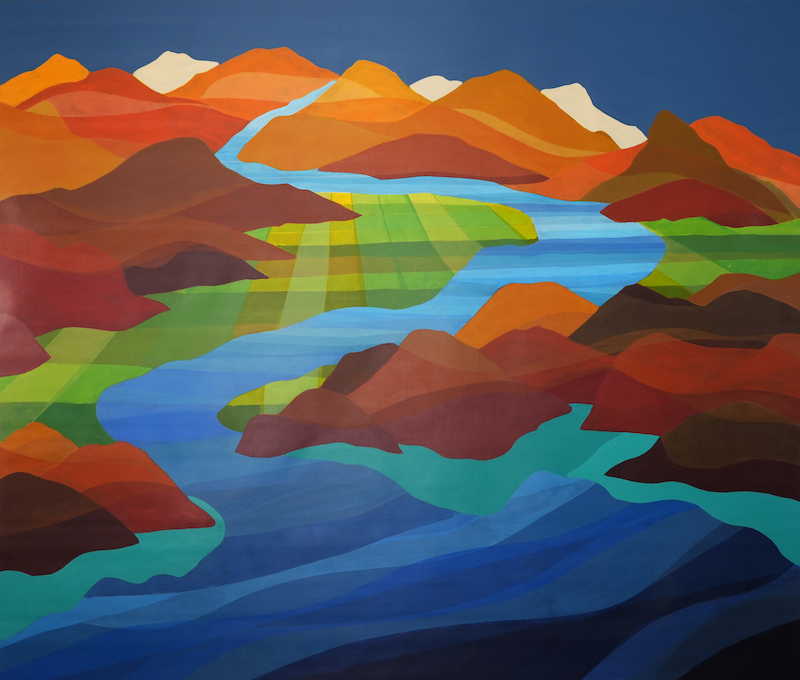EE: What does being an artist mean to you today?
Mazen: Being an artist today means dedicating myself wholeheartedly to my craft. It’s about embracing life with gratitude and channeling my emotions and experiences into art. My art is my autobiography; it reflects my journey and growth. This dedication adds a layer of curiosity and evolution to my work, as my art and my being are intertwined, moving forward together. Through my creations, I hope to heal both myself and others who connect with them.
EE: How do you stay authentic to yourself and your work?
Mazen: Authentic to myself means staying true to my emotions, my visions, and the way I express myself. Authenticity is the core of who I am as an artist. For me, being transparent and fully dedicated to my expressions is essential. My art, whether in performance or painting, comes from a place of deep authenticity. Without that connection to my emotions, I wouldn’t find the inspiration I need to create. It’s those raw, honest feelings from within that fuel my work and allow me to express the full version of myself.
EE: What do you fear or resist most in the creative process?
Mazen: Throughout my life, fear and resistance have faded—both personally and in my creative process. Today, I have deep trust in the creative flow. I’ve learned to enjoy the process, even when it feels challenging or difficult, because it’s often those very moments that bring about growth and transformation.
EE: What did coming home to Lebanon awaken in you—emotionally, artistically, or spiritually after years in Berlin?
Mazen: I made the decision to return to a country at war. There was a realization—a calling—stronger than both the war and the reality around me. Aley, my hometown, was a place I had always run away from, until I came to understand that this is where I truly want to live and create. Coming back has been a way to reconnect with my roots, my community, and with nature. It’s been a roller coaster of emotions, experiences, realizations, and inspiration that enriched my soul and art.
EE: How did the new series depicting your take on Lebanon’s landscapes come about?
Mazen: The new series depicting Lebanon’s landscapes emerged gradually and without a clear plan. When I returned, I began to experience emotions and moments that deeply connected me to nature. It felt as though my current state of being no longer aligned with the way I used to paint. After many attempts to understand this shift, mountains began to appear almost magically on my canvas—and suddenly, everything made sense.
EE: How do memory, longing, and belonging manifest in these new paintings?
Mazen: I came to realize that societies are often a reflection of the nature that surrounds them. In the midst of war, I began to find a sense of safety in nature. The mountains—their presence and formation—became a source of both resilience and inspiration. I started exploring ways to translate the emotions and tranquility evoked by Lebanon’s landscapes onto my canvas: the colors, the light, and their relationship with the sun and the changing seasons. I belong to this nature, and its beauty touches my soul. With every painting, I discover new ways to express this connection more deeply—through form, color, and transparency.


